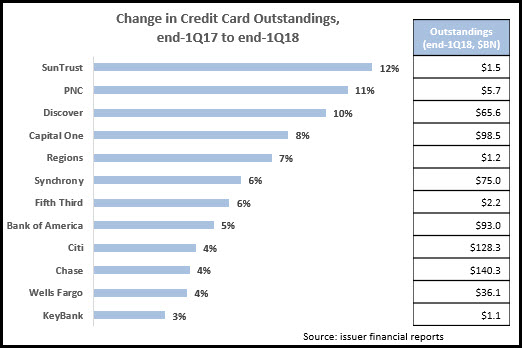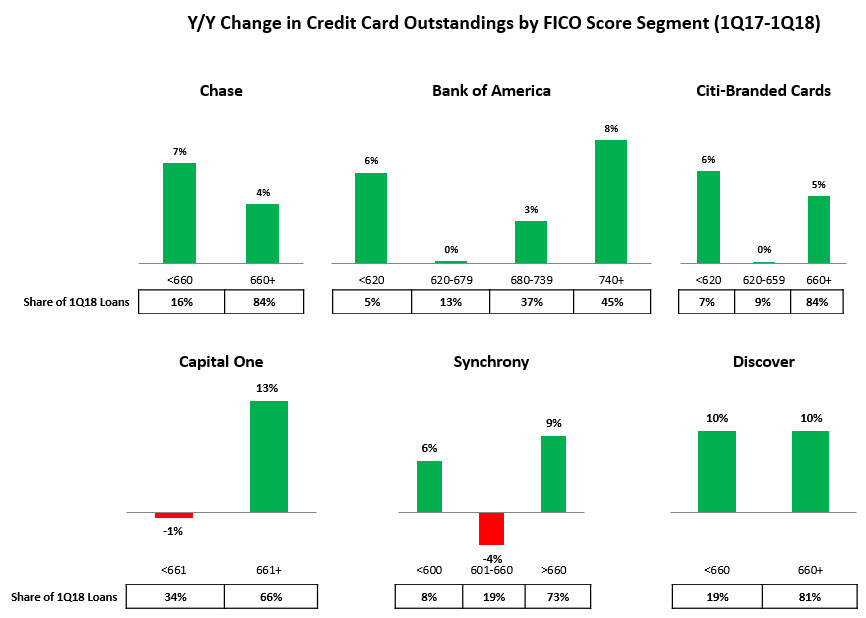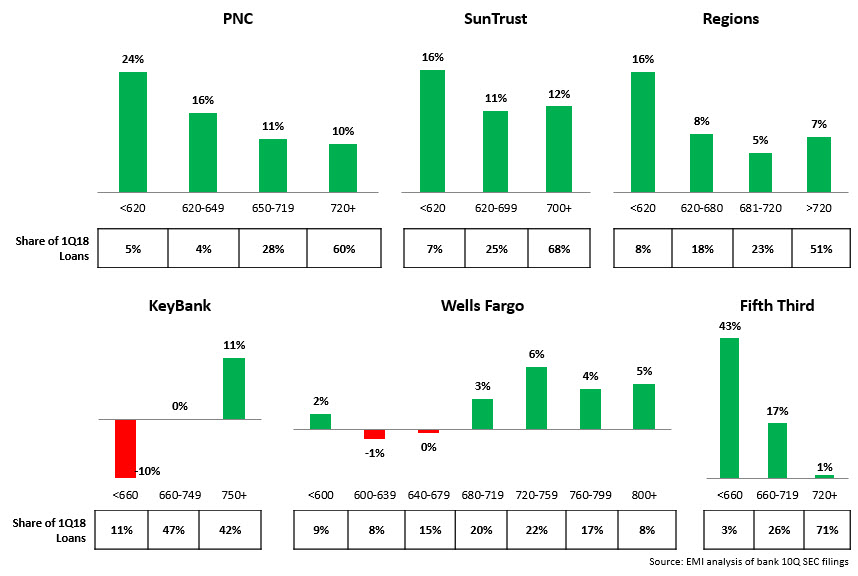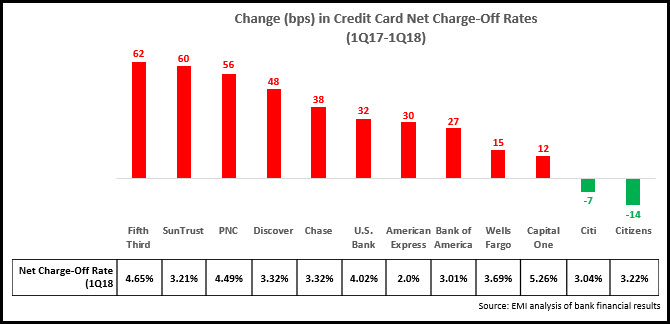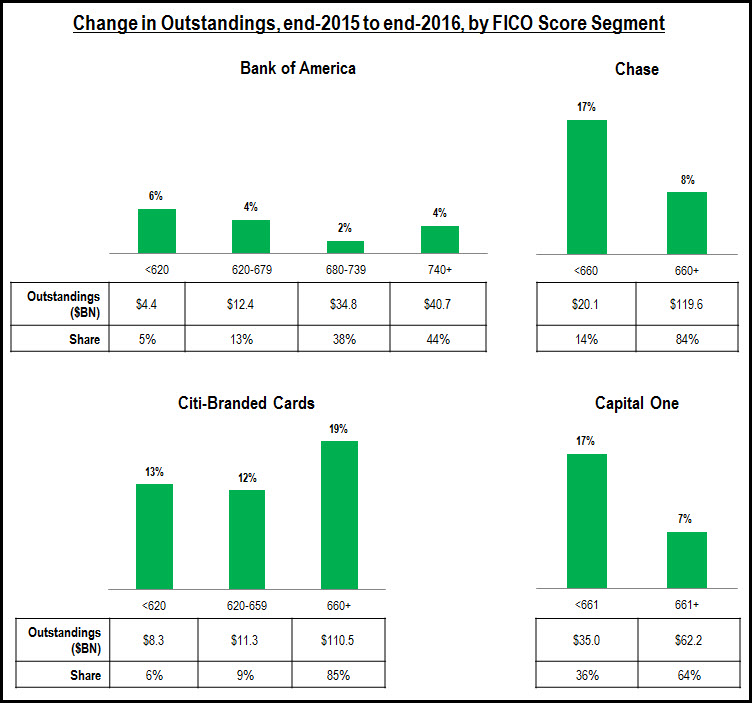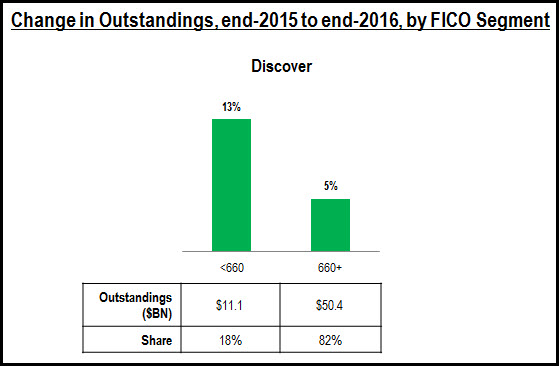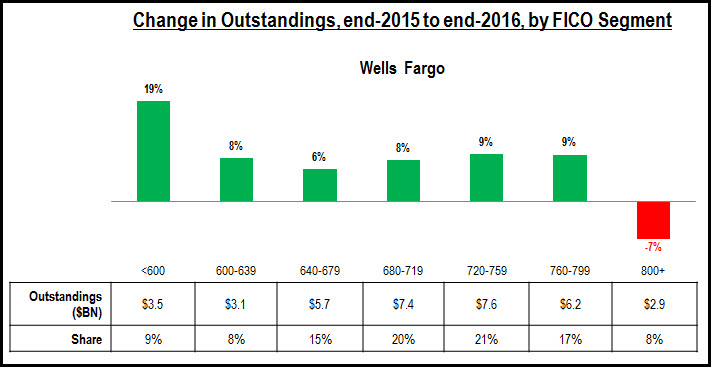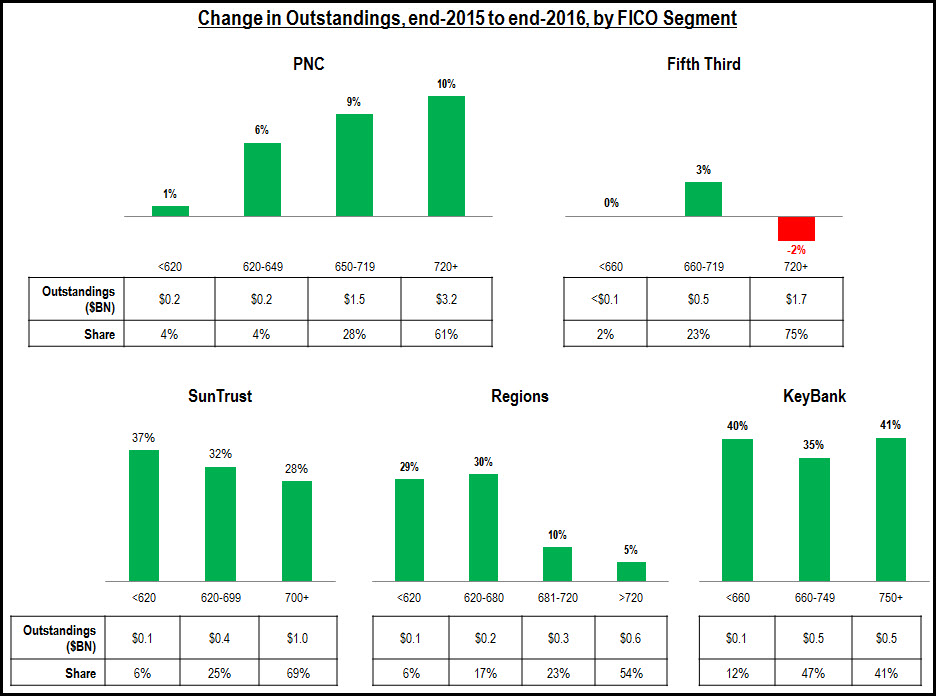As the U.S. economic recovery picked up speed in the third quarter of 2021, the decline in commercial line utilization that had taken place throughout the pandemic started to bottom out. Even though commercial loans continue to decline on a year-over-year (y/y) basis, banks are reporting very strong growth in their commercial loan pipelines. In the expectation that economic growth will continue to recover and this will translate to growth in commercial loans, banks are already starting to position themselves to capture their share of this growth.
With this in mind, the following is a list of five commercial banking initiatives that banks pursued in the third quarter of 2021:
- Revisiting commercial banking capabilities. In a commercial banking environment characterized by changing customer priorities, the advent of innovative financial technologies and the emergence of new competitors, many banks are revisiting their commercial banking value proposition. This is seen in the articulation of new commercial banking strategies in recent company filings and investor presentations as well as in recent commercial banking videos from banks like Truist and Citi.
- Publishing industry-specific thought leadership. By focusing resources on industries that have strong growth potential and/or that are under-served, banks can improve ROI. One of the best ways to build engagement within these sectors is by publishing industry-specific content (e.g., articles, blogs, newsletters, reports, podcasts and webinars). Many banks also look to turn this content into a prospect generation tool by listing relevant executives (often with email and direct phone numbers) in these publications.
- Developing a series of branded content, which both increases awareness of this content and facilitates promotion across multiple platforms. Examples of branded content series include:
- Podcast series: Commercial Insights with Regions Bank and Bank of America Treasury Insights
- Webinar series: JPMorgan Chase Commercial Banking Cashflow360
- Recurring surveys: KeyBank Middle Market Business Sentiment Report (quarterly), Citizens Business Conditions Index (quarterly) and JPMorgan Chase Business Leaders Outlook Pulse Survey (semi-annual)
- Providing value-added treasury management and commercial payment tools. With businesses increasingly comfortable with applying new technology solutions to enhance business efficiency and productivity, banks have launched a number of treasury management and commercial payment tools, including:
- Request to Pay: a real-time payments service from JPMorgan Chase
- Integrated Receivables: an account receivables solution from Wells Fargo
- VAM 2.0: an enhanced virtual account management solution from Bank of America
- Integrated Payables: from Citizens
- Increasing focus on ESG. In addition to annual ESG and CSR reports, many banks are publishing ESG-related content for their commercial clients. Examples in 3Q21 included Bank of the West’s Means & Matters Stories of Money and Sustainability and the BMO Harris Sustainability Leaders podcast. Citizens went even further by launching Green Deposits for its corporate clients.
